Why is boiled chicken a dish that is not allowed to be lacking in Vietnamese dishes?
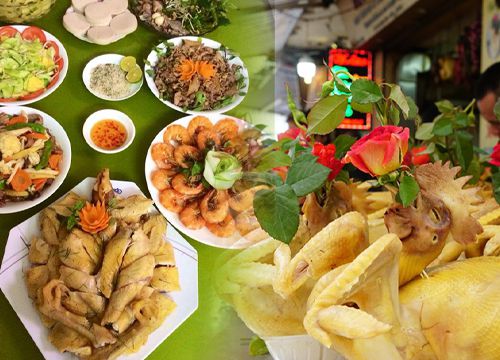
2 | 0 Discuss | Share
Not only in our Vietnam, there are many other countries in the world (especially in Asia) that also consider Tet as one of the most special and important holidays of the year.
It is estimated that globally, there are about 1.5 billion people celebrating Tet every year. In each country, Tet has a unique and interesting name. The bustling scenes or the bustling atmosphere of the first days of the new year can also be considered a synthesis of the unique identities, customs and traditions from different cultures.
Japan abandons Lunar New Year
In 1873, due to the influence of the Meiji Restoration policy, Japan suddenly completely and permanently abolished the Lunar New Year, which had existed for a long time before. Since then, they have only kept the New Year's Day on January 1st every year as a milestone to welcome the new year. However, traditional festivals and customs such as returning to hometowns or decorating houses... are still very well preserved by the Japanese.
The reason for this abandonment was that at that time, the country's leadership believed that Asian traditions and customs were far inferior to those of the West, and were also holding back Japan's economic and cultural development. At that time, not continuing to celebrate Lunar New Year was thought to help reduce the number of holidays, and people would also focus on work more, thereby helping the country's economy to grow after the previous difficult and crisis period.
Singapore and the Meaning of Prosperity of Mandarin Oranges on Tet
In the "Lion Island", the bustling atmosphere of Tet is always associated with the image of a familiar tropical fruit - tangerine. The appearance of the tangerine is bright orange-yellow, contributing significantly to the sweet and warm spring colors in this beautiful country. At the same time, the name of this fruit in Cantonese also means gold, a rare and luxurious metal, symbolizing wishes with the meaning of fullness, prosperity and wealth throughout the new year.
Over the years, Singaporeans have not chosen peach blossoms or yellow apricot blossoms to be the prominent decorations throughout the Lunar New Year, but the tangerine trees that bring fortune are considered indispensable images when looking at the facade of houses or workplaces in this country. People also love to give each other gifts of full tangerine baskets that are elaborately and eye-catchingly displayed and decorated with the wish to bring much joy and happiness to the recipient.
British New Year
On the last night of the old year, people gather in Trafalgar Square and Piccally Circus or around places where they can hear the bells of Big Ben in London signaling the arrival of the new year. People hold hands and sing Auld Lang Syne. On New Year's Eve, the British bring wine and cakes to wish a happy new year. The British do not knock on the door but go straight to the houses of friends or relatives. According to British custom, after New Year's Eve, the first person to enter the house will signal good or bad luck in the new year.
The New Year's Eve party starts at 8pm and ends early the next morning. At midnight, the British listen to the church bells ringing, clink glasses, sing and dance together in a jubilant, bustling atmosphere to welcome the New Year.
French people on New Year's Eve
The French celebrate the New Year with wine. From New Year's Eve, people start to party and eat until January 3. Early in the morning of the first day, everyone watches the wind direction. If it is a south wind, that year will have favorable weather and a peaceful new year. If it is a west wind, that year will be a prosperous year for fishing and milking. If it is an east wind, that year will have a good fruit harvest. If it is a north wind, that year will be a bad harvest.
New Year's Eve in Brazil
On New Year's Eve, cities all over Brazil celebrate, especially in Rio de Janeiro, where people go to the beach to watch fireworks. Brazilians often wear white clothes in the hope of bringing good luck in the new year.
The New Year party used to be a religious party but today it has become a big show for tourists and locals alike. Preparations for the New Year party usually start on the morning of December 31st of the old year and by midnight, fireworks start to light up. The light party lasts about 30 minutes and during that time people pray for wishes for the New Year such as money, love, health. If you are near the sea, after midnight, people often go surfing, usually 7 waves and throw flowers into the sea when making a wish. Some people also light candles on the beach.
Tet in Switzerland
On the last day of December, everyone was very busy. All the food and liquor stores were packed. Everyone seemed unfriendly and impatient because shopping took so much time. Finally, around 7pm, everyone returned home, exhausted from work and shopping, and hardly able to cook a big meal.
However, by 11pm everyone was in high spirits, the Swiss feeling deep down that it would soon be time to reflect on the past and look forward to the future. When the clock struck 12, we raised our glasses and toast to all the good things that had happened in the past year. We hugged each other not just three times, but many times. Sylvia Bopp, Swiss citizen, tells.
Lucky money at the beginning of the year: Thought it would be lucky but it turns out to be unlucky, use exactly 2 colors red and yellow to avoid taboos 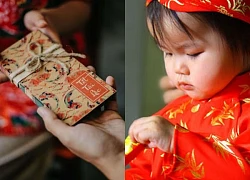 Đào Đào15:39:45 30/12/2024Giving lucky money is a Lunar New Year custom in Asian countries such as Vietnam, China, etc. However, many people still wonder why they have to give money to others. In addition, grandparents also revealed some taboos to avoid when giving lucky money.
Đào Đào15:39:45 30/12/2024Giving lucky money is a Lunar New Year custom in Asian countries such as Vietnam, China, etc. However, many people still wonder why they have to give money to others. In addition, grandparents also revealed some taboos to avoid when giving lucky money.

2 | 0 Discuss | Share
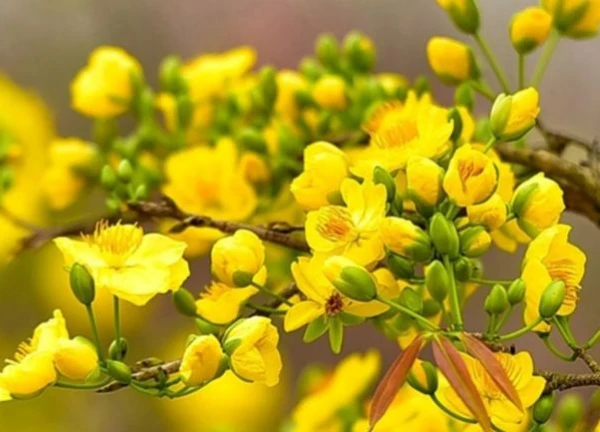
3 | 0 Discuss | Share

4 | 0 Discuss | Share
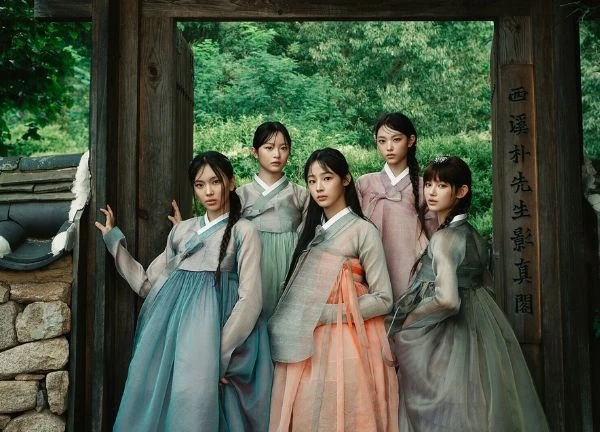
4 | 1 Discuss | Share

1 | 1 Discuss | Share

3 | 1 Discuss | Share
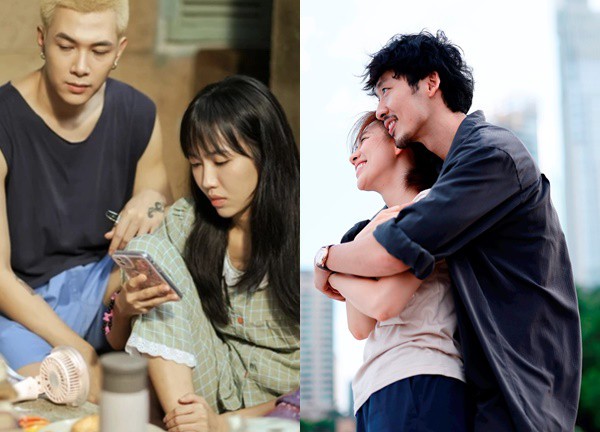
1 | 1 Discuss | Share

1 | 1 Discuss | Share

3 | 1 Discuss | Share

1 | 1 Discuss | Share
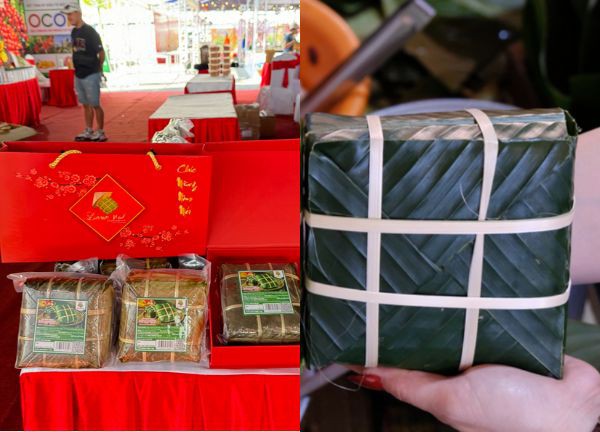
6 | 1 Discuss | Share

2 | 2 Discuss | Share


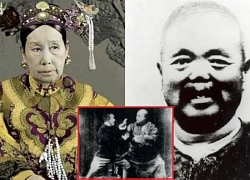

3 | 0 Discuss | Report